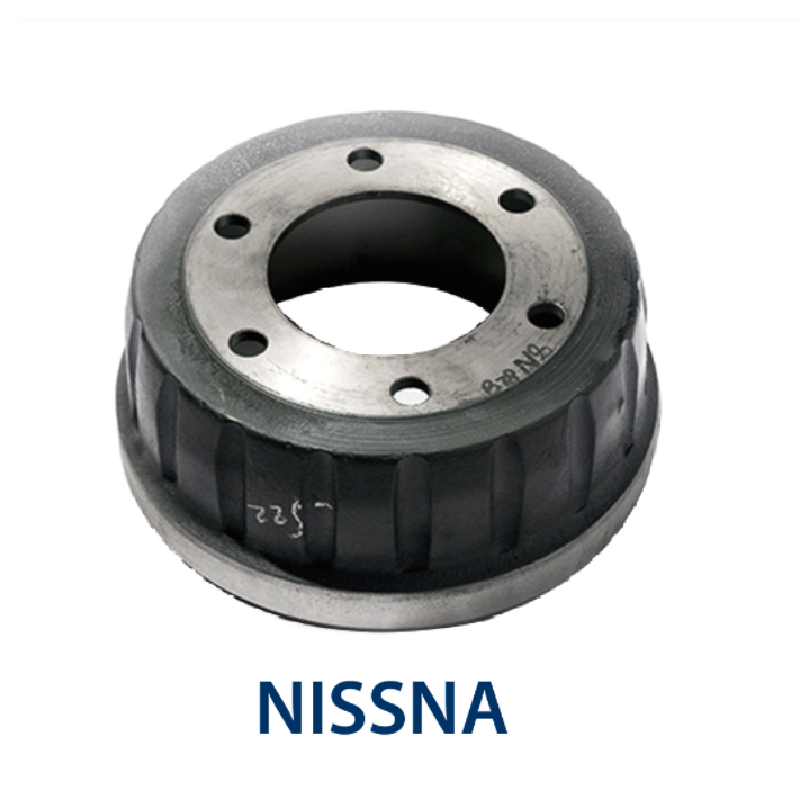Sep . 10, 2024 16:18 Back to list
brake drum wear patterns
Understanding Brake Drum Wear Patterns
Brake drums are essential components of a vehicle's braking system, particularly in drum brake configurations. The wear patterns observed on brake drums can provide crucial insights into a vehicle's braking performance, maintenance needs, and potential safety issues. Understanding these wear patterns is key for both vehicle owners and mechanics in diagnosing problems and ensuring safe operation.
Types of Wear Patterns
1. Even Wear An ideal scenario where the brake drum shows uniform wear across its surface. This indicates that the brake shoes are making consistent contact with the drum, suggesting proper installation and an adequately functioning braking system. Regular maintenance can help sustain this wear pattern, ensuring longevity and effectiveness.
2. Scoring or Grooving This pattern occurs when hard particles, such as dirt or metal debris, get trapped between the brake shoe and the drum. The presence of such contaminants can lead to visible grooves on the drum surface. Scoring can reduce braking efficiency and increase stopping distances, necessitating immediate attention and potential replacement of components.
brake drum wear patterns

3. Hot Spots Hot spots manifest as discolored areas on the drum surface, indicating uneven heating during braking. This can occur from excessive braking, poor-quality brake materials, or an improper fit between the drum and shoes. Hot spots can lead to brake fade, where the braking power diminishes due to overheating, compromising safety.
4. Rust and Corrosion Brake drums are typically made of cast iron, which can rust if moisture is present—especially if the vehicle is not driven regularly. Rust buildup can create an uneven surface, leading to increased wear on brake shoes and reduced braking efficiency. Regular inspections and the application of brake anti-corrosion treatments can help prevent this wear pattern.
5. Out-of-Roundness Over time, brake drums can wear unevenly, leading to a condition known as out-of-roundness. This irregularity can cause pulsation felt through the brake pedal or steering wheel during braking. Out-of-round drums require machining or replacement to restore proper function and safety.
Conclusion
Understanding brake drum wear patterns is critical for maintaining vehicle safety and performance. Regular inspection and maintenance can significantly mitigate the risk of excessive wear, enhancing overall braking efficiency. Drivers should be attentive to any changes in braking performance, such as unusual noises, vibrations, or diminished stopping power. Promptly addressing these issues by seeking professional help can prevent more severe problems and prolong the lifespan of braking components. Ultimately, a little awareness and proactive maintenance can ensure a safer driving experience for everyone on the road.
-
Iveco Brake Drum | Premium OE Quality for Daily & Eurocargo
NewsAug.22,2025
-
Your Brake Drum Man: Quality & Performance Parts
NewsAug.21,2025
-
Explore Japan: Ultimate Travel Guide & Authentic Experiences
NewsAug.19,2025
-
Your Brake Drum Man: Premium & Reliable Brake Drums for Sale
NewsAug.18,2025
-
ROR Web Development: Build Fast, Scalable, Secure Apps
NewsAug.17,2025
-
Scania Brake Drums: OEM Quality for Optimal Safety & Durability
NewsAug.16,2025
